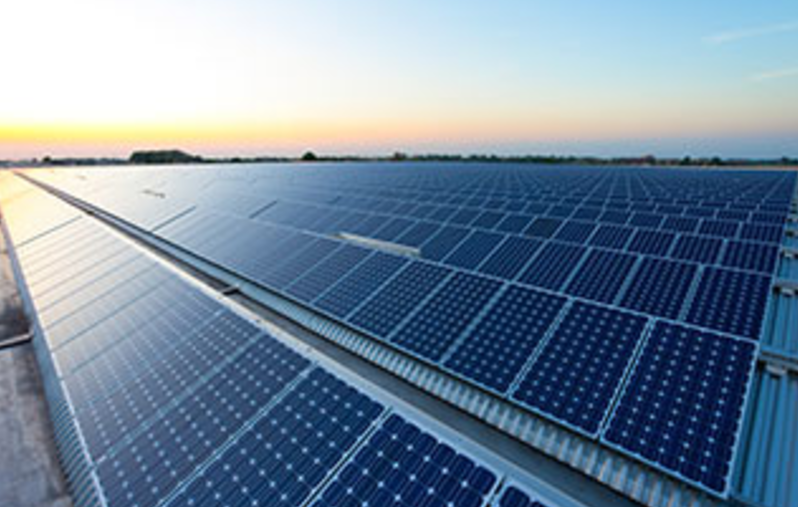The results are significantly higher than the first-half profit of up to CNY 40 million that the Chinese PV investment group predicted in a forecast issued in late July. Its total grid-connected PV capacity in China reached 1.36 GW at the end of the first half.
Revenue jumped to CNY 529 million, up sharply from just CNY 208.2 million at the end of June 2016, according to its unaudited results for the six months to the end of June. Revenue from sales of PV-generated electricity rose sharply from the preceding year to CNY 526.3 million, while its new solar O&M business accounted for about CNY 947,000 of the total. The company received roughly CNY 352.7 million in renewable-energy subsidies from the Chinese government throughout the January-June period.
Total current assets — including its PV plants, investment properties and a stake in a joint venture — stood at CNY 4.3 billion at the end of June. Total current liabilities hit CNY 4.8 billion, up roughly 25.2% year on year, according to a statement to the Hong Kong stock exchange.
In terms of grid-connected solar projects, the company’s biggest provincial market in the country is Shaanxi, where it operates 260 MW of solar at six sites. It owns 240 MW at 11 locations in the remote Xinjiang region, as well as 229.5 MW in Gansu province and 160 MW in Anhui province. A 30 MW solar array in Huanghua, Hebei province, was among the projects it completed in the first half of this year.
It is now developing 420 MW of PV capacity at five locations. It is building 330 MW in Shaanxi province, 50 MW in Shandong province, 20 MW in Anhui province and 20 MW in Qinghai province.
In the first six months of 2017, Kong Sun acquired a 100% stake in Lintan Tianlang New Energy Technology and a 95% stake in Jiayuguan Xiehe New Energy. The two companies are currently developing solar assets valued at CNY 192.2 million.
Kong Sun recorded a profit of CNY 54.8 million in the year to the end of December 2016, from a loss of CNY 98.9 million in the preceding 12-month period, as it more than doubled the size of its grid-connected PV portfolio. Throughout 2016, the company – which started out as a property investor – shifted away from sales of PV-related products to higher-margin sales of solar-generated electricity. It connected 680.8 MW of new solar capacity to the Chinese grid in 2016.
This content is protected by copyright and may not be reused. If you want to cooperate with us and would like to reuse some of our content, please contact: editors@pv-magazine.com.



By submitting this form you agree to pv magazine using your data for the purposes of publishing your comment.
Your personal data will only be disclosed or otherwise transmitted to third parties for the purposes of spam filtering or if this is necessary for technical maintenance of the website. Any other transfer to third parties will not take place unless this is justified on the basis of applicable data protection regulations or if pv magazine is legally obliged to do so.
You may revoke this consent at any time with effect for the future, in which case your personal data will be deleted immediately. Otherwise, your data will be deleted if pv magazine has processed your request or the purpose of data storage is fulfilled.
Further information on data privacy can be found in our Data Protection Policy.